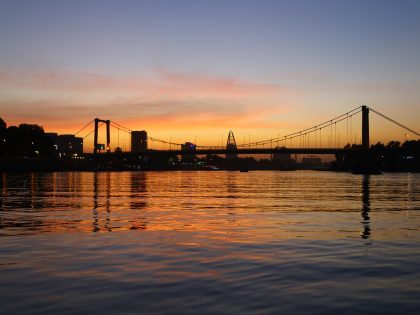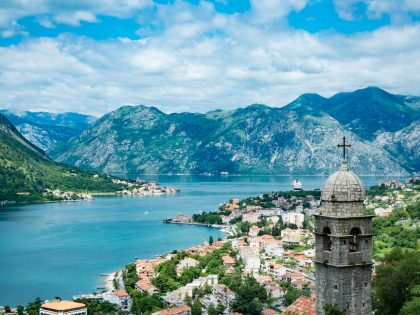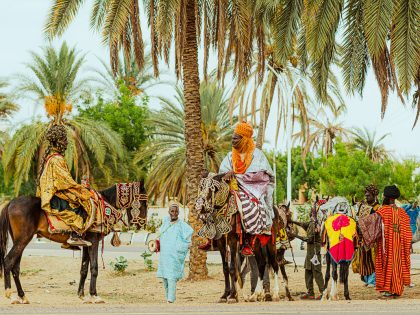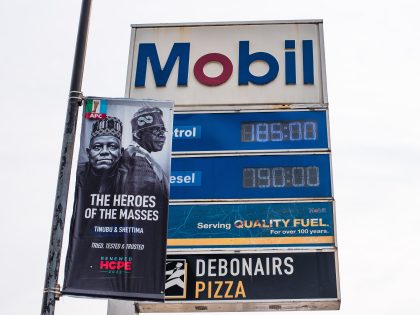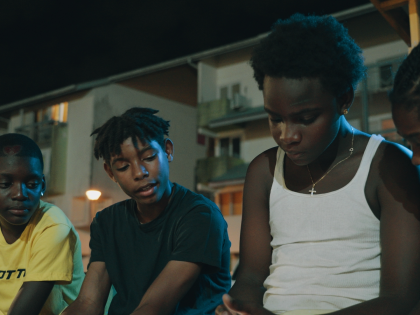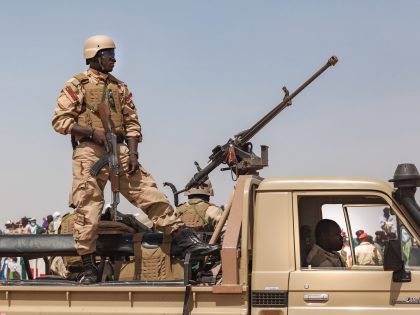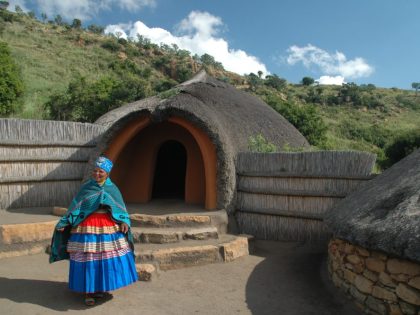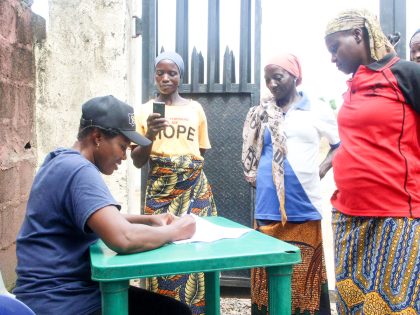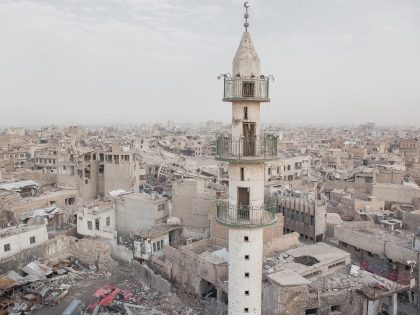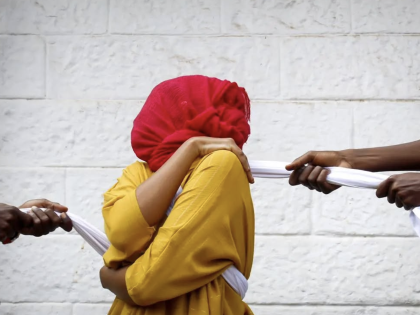How to make sense of #Garissa
For starters, you may want to switch off television news, especially "global news networks," and follow local media as well as the people below on social media.

Mkenya Flani (Via Twitter).
To make sense of the attack by Al Shabaab on Garissa University near Kenya’s border with Somalia (official count of fatalities are 148; others say closer to 200), you may want to switch off television news. Especially since CNN is moving Nairobi to Nigeria and Tanzania to Uganda. Crucial will be how these attacks will be framed in the next few hours and especially how the Kenyan state will respond (already they’ve blamed the judiciary and in the past they’ve round up Somalis despite little evidence). Equally important is public opinion. So, like we did at the time of the attack by Al Shabaab on the Westgate Mall in Kenya’s capital Nairobi, we’ve compiled a bunch of links, including some twitter accounts, we suggest you read or follow.
Here you go …
Poet Shailja Patel‘s “The Road to Garissa” on The New Inquiry.
Criminologist Mwenda Kailendia in The Guardian, “Kenya attacks: Brute force isn’t enough to beat the terrorists”
Karen Rothmeyer in The Nation: “Horrifying blowback in Kenya.”
Anthropologist Samar Al-Bulushi‘s “The Politics of Spectacular Violence”
Novelist Abdi Latif Ega’s “What’s it like to be Somali in Kenya”
International Relations scholar Stig Jarle Hansen,”Al-Shabaab is failing in Somalia, but Kenya’s chaotic response could keep it alive” on The Conversation.
Journalist Caroline Hellyer reporting for Al Jazeera English: “Recent ISIL communications show attempts to secure influence in East Africa – the stronghold of al-Shabab and al-Qaeda.”
Harry Misiko, “How Kenya made itself vulnerable to terror,” on the Washington Post’s WorldViews blog.
Maina Kiai in Kenya’s Daily Nation,”To eliminate insecurity, we must not be tempted to take unlawful decisions”
Political science graduate student Ken Opalo on his blog about “Five Things About Al-Shabaab and the Somalia Question.”
Historian Matt Carotenuto on “Terrorism and Violence in Kenya: Balancing a Global vs Local View”
Samira Salwani, “Corruption and Terror: Somali Community in Kenya Caught in the Crossfire”
This documentary film made 2 years ago by Al Jazeera reporter Mohammed Adow (you would recognize him his recent reporting on Nigeria’s general election) about Garissa, which also happens to be his hometown. The film, which is very personal, also gives a good history of state violence in Kenya’s North Eastern Province, where Garissa is located. The North Eastern Province is “the country’s third-largest region, borders Somalia and is exclusively inhabited by ethnic Somalis.”
Al Jazeera English just published this piece by Adow: “Why al-Shabab has gained foothold in Kenya.”
On Monday, NTV Kenya’s media program #PressPass looked at local media coverage. Watch the video in 2 parts here and here. It gets interesting 9 minutes into Part 1 when Adow gets going.
We’d also suggest streaming the Kenyan channels NTV, Citizen TV and KTN.
And follow these twitter accounts: @AlinoorMB @robynleekriel @HarunMaruf @Daudoo and @KenyanPundit.
- We’ll continue to add to and update to this post. So keep checking in.
